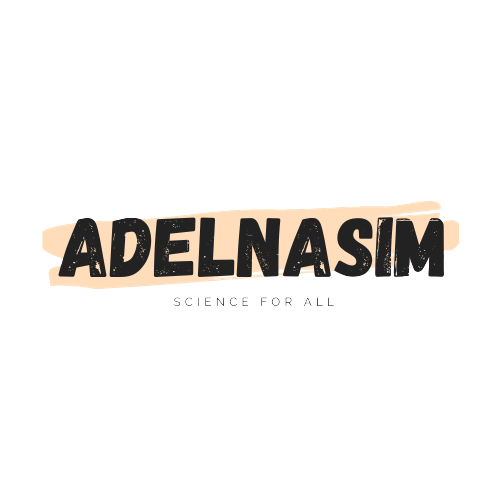Getting Started
What is C++?
C++ is a general-purpose programming language that is used to create a wide range of applications, including operating systems, games, embedded systems, and web applications. C++ is known for its speed, efficiency, and flexibility.
Getting started with C++
To get started with C++, you will need to install a C++ compiler and IDE. A compiler is a program that converts C++ code into machine code that can be executed by a computer. An IDE is an integrated development environment that provides a variety of tools for writing, editing, compiling, and debugging C++ code.
Installing a C++ compiler and IDE
There are many different C++ compilers and IDEs available. For this tutorial, we will use Visual Studio for C++. Visual Studio is a free and powerful IDE that provides comprehensive support for C++ development.
To install Visual Studio for C++, visit the Visual Studio website and download the latest version.
Writing your first C++ program
Once you have installed Visual Studio for C++, you can start writing your first C++ program. To do this, create a new project and select the “C++ Console App” template.
Once you have created a new project, you can start writing C++ code in the main source file. The main source file is typically named main.cpp.
Here is a simple example of a C++ program:
#include <iostream>
int main() {
std::cout << "Hello, world!" << std::endl;
return 0;
}This program prints the message “Hello, world!” to the console.
Once you have written your C++ program, you can compile and run it by pressing F5.
Learning more about C++
Now that you have written your first C++ program, you can start learning more about the language. There are many resources available online and in libraries.
Here are a few tips for learning C++:
- Start with the basics. Learn about variables, data types, operators, functions, and control flow statements.
- Find a good tutorial or book. There are many resources available that can teach you the basics of C++.
- Practice regularly. The best way to learn C++ is by writing code. Try to write simple programs at first, and gradually work your way up to more complex programs.
- Use an IDE. An IDE can make it easier to write, edit, compile, and debug C++ code.
Conclusion
Getting started with C++ can be daunting, but it is also rewarding. C++ is a powerful and versatile language that can be used to create a wide range of applications.
By following the tips in this guide, you can start learning C++ today and start creating your own applications.


